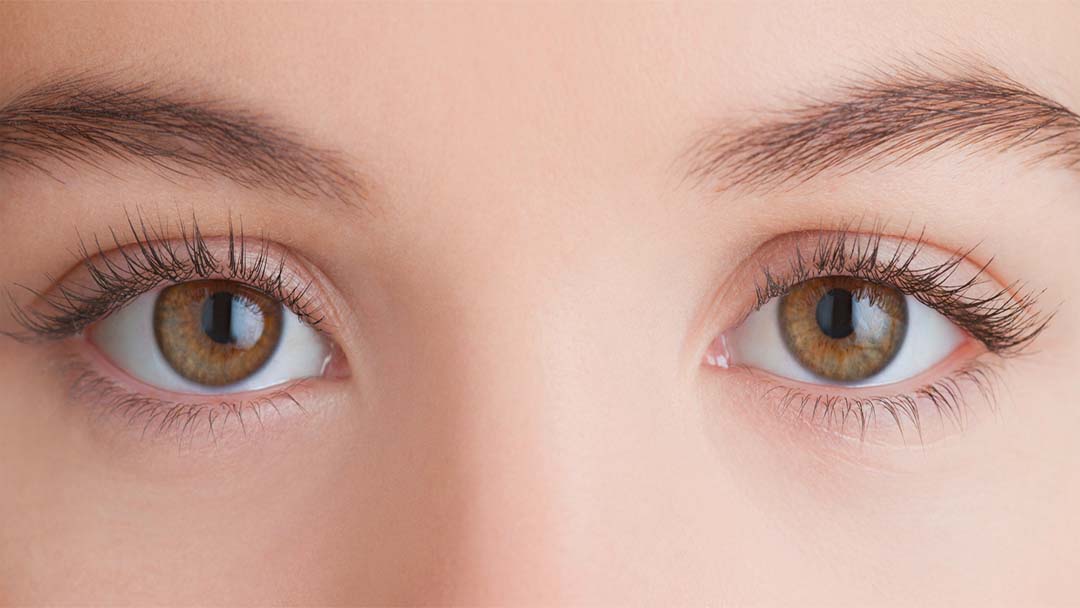Consider these simple guidelines to protect your eyes:
- Be aware of your family’s health history. Do you suffer from diabetes or have a history of high blood pressure? Are you over the age of 65? Are you an over the age of 40? Any of these traits increase your risk for sight-threatening eye diseases.
Get regular eye exams to maintain your eye health and good vision.
- Have regular physical exams to check for diabetes and high blood pressure. If left untreated, these diseases can cause eye problems. Diabetes and high blood pressure can lead to vision loss from diabetic retinopathy, macular degeneration, and eye strokes.
- Look for warning signs and symptoms of changes in your vision. If you start noticing changes in your vision, see your eye doctor immediately. Some distress signs to look for are double vision, hazy vision and difficulty seeing in low light conditions. Other signs and symptoms of budding serious eye problems that warrant instant attention include red eyes, flashes of light, floaters, and eye pain and swelling.
- Exercise more frequently. According to the AAO, some studies suggest that regular exercise can reduce the risk of age-related macular degeneration by up to 70 percent.
- Protect your eyes from UV light. Always wear sunglasses during going outside that shield your eyes from 100 percent of the sun’s harmful ultraviolet rays. This may help reduce your risk of cataracts, pinguecula, and other eye problems.
- Eat a healthy and balanced diet. Numerous studies have shown that antioxidants can possibly reduce the risk of cataracts. These antioxidants are obtained from eating a diet which contains plentiful amounts of fruits and colorful or dark green vegetables.
Studies also have shown that eating fish rich in omega-3 fatty acids may reduce your risk of developing macular degeneration. Prepare a chart of your diet with eye vitamins to make sure you are getting desired amounts of the nutrients you need to keep your eyes healthy.
How smoking harms your vision.
 Get your eyes checked at least every two years. A complete eye exam, including dilating your pupils, can determine your risk for major eye diseases. An eye exam also can ensure that your prescription for eyeglasses or contact lenses is up to date.
Get your eyes checked at least every two years. A complete eye exam, including dilating your pupils, can determine your risk for major eye diseases. An eye exam also can ensure that your prescription for eyeglasses or contact lenses is up to date.- Don’t smoke. The many dangers of smoking have been well documented. When it comes to eye health, people who smoke are at greater risk of developing age-related eye problems.
Apart from these guidelines, be aware of wearing safety glasses when working with several tools or participating in active sports which help prevent eye injuries that potentially could cause permanent vision loss.





